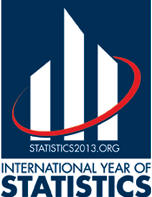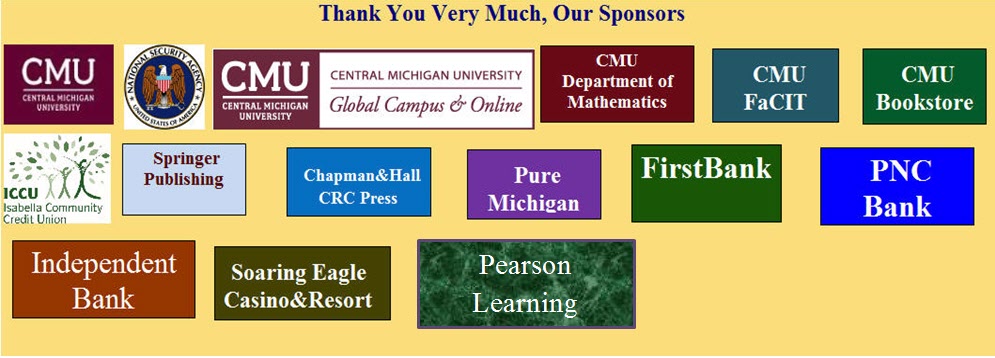|
|
|
Barry C. Arnold, University of California, Riverside, CA, USA
Univariate
and multivariate Pareto models: Structure and inference.
The Pareto distribution has long been recognized as a suitable
model for many non-negative socio-economic variables. Univariate and
multivariate variations abound. Some unification is possible by
representing the Pareto variables in terms of independent gamma distributed
components. Further unification is sometimes possible since several of the
frequently used multivariate Pareto models share the same copula. In some cases,
inference strategies can be developed to take advantage of the stochastic
representations in terms of gamma components. Inter alia, the relationship
between such univariate and multivariate Pareto distributions and related
univariate and multivariate generalized Pareto models will be noted.
Narayanaswamy Balakrishnan, McMaster University, Canada
Likelihood Inference for Some Flexible Cure Rate Survival Models
In this talk, I will first present a flexible family of cure
rate models based on COM-Poisson distribution. I will then
describe the likelihood inference for this model with different
lifetime distributions. Using the developed EM-algorithm,
I will discuss model discrimination and model selection problems
within the considered flexible family. After presenting
some simulation results, I will illustrate the usefulness of the
developed results with a cutaneous melanoma data.
Chris Jones, The Open University, UK
Families of unimodal distributions on the circle
I will start this talk on the real line, briefly describing some
families of unimodal distributions with three or four
parameters, controlling location, scale, skewness and perhaps
some aspect(s) of tail weight. I will then address the question:
"Can this technology be transferred to the case of distributions
on the circle?" The answer is a qualified yes. In particular, I
will describe three families of four-parameter unimodal circular
distributions which arise, each from the relatively obscure
linear notion of "transformation of scale" distributions. The
first two will be "direct" and "inverse" versions of a type of
distribution that can be found in Batschelet's 1981 book on
circular statistics. The third, on which I shall principally
focus, appears to prove best of all, possessing numerous
attractive properties; this family of circular distributions is
being developed in collaboration with Shogo Kato (ISM, Tokyo).
Paul L. Speckman, University of Missouri-Columbia, MO, USA
Smoothing with Cauchy process priors and Cauchy errors
Nonparametric regression, or smoothing
noisy data, is a useful tool for exploring nonlinear
relationships and is also a building block in more complicated
models. One popular method, the smoothing spline, has a
Bayesian interpretation with a Gaussian process prior for the
smooth function to be estimated and independent Gaussian errors.
The usual smoothing spline is a Bayesian estimator with this
setup. In this talk, we propose a Cauchy process prior
with Cauchy error distributions. The Cauchy process prior
on the unknown function allows Bayesian inference analogous to
smoothing splines but for functions that aren't necessarily
smooth. For example, Cauchy process priors can be used to
model functions with discontinuities in the first or second
derivatives. Cauchy errors can be used to model outliers,
producing smooth regression fits that are resistant to outliers.
The Cauchy distribution can be viewed as a mixture of normals.
This permits efficient Bayesian algorithms for fitting models
with either a Cauchy process prior, a Cauchy error distribution,
or both. Moreover, Cauchy errors can also be
regarded as a type of time-dependent error process. Thus
the Cauchy process prior/Cauchy error combination can be used to
model time series marked by periods of smooth change interrupted
by occasional abrupt shifts in behavior and periods of high
volatility. Bayesian methods are especially convenient for
efficient inference.
|
|
|



